
The digital revolution has transformed education, making technology an essential tool for learning in the 21st century. From interactive whiteboards to educational apps, tech innovations are reshaping how students absorb, process, and retain information.The impact of technology on education extends beyond traditional classroom boundaries:
- Students collaborate on projects across different time zones
- Teachers track progress through sophisticated analytics
- Parents stay connected with their children’s educational journey
- Learning becomes an engaging, interactive experience
Technological integration in education demands proper execution through deliberate planning decisions.
This paper shows how technology affects modern education by presenting applicable methods for digital tool utilization. The article presents tested methods to boost educational performance using technology systems and explains solutions to instructor obstacles that arise in digital classrooms.
The guide delivers specific strategies which help teachers who use new technological methods with students who want to maximize their educational opportunities.
1. The Role of Technology in Education
Education technology refers to all digital equipment and software along with hardware which aids teaching processes and enhances educational practices. Lifelike classrooms now use technology to help students acquire knowledge and develop competencies while replacing the previous learning methods based on blackboards and textbooks.
How Technology is Integrated into Education
Technology is integrated into education in various ways:
1. Learning Management Systems (LMS)
- Digital assignment submission
- Grade tracking
- Course material distribution
- Student progress monitoring
2. Interactive Learning Tools
- Smart boards
- Educational apps
- Virtual reality simulations
- Digital textbooks
3. Communication Platforms
- Video conferencing software
- Discussion forums
- Collaborative workspaces
- Parent-teacher portals
The technology tools build an educational environment that enables students to take active part in their learning process. Students benefit from smartphones because they give rapid access to educational materials and research content and tablets function as interactive learning devices through digital content and educational applications. Computers serve as effective tools for content production through programming functions and for solving complex difficulties.
The Importance of Educational Technology
The importance of educational technology goes beyond just making things easier:
- Enables real-time feedback and assessment
- Supports different learning approaches
- Creates opportunities for global collaboration
- Develops digital literacy skills
- Prepares students for tech-driven careers
- Provides accessibility options for diverse learners
Educational programs integrate technological tools for developing meaningful instructional methods that appeal to the technology-savvy students. Through technology teachers provide differentiated education while monitoring student advancement patterns along with adopting adaptive teaching practices which adapt to individual student requirements.
2. Benefits of Using Technology for Learning
The education process transforms through technology because this transformation turns standard classrooms into interactive settings which deliver distinctive benefits for students and teaching professionals.
Enhanced Student Engagement
Students stay focused through digital tools because these applications develop intensive educational settings which attract students’ interest. The educational activities enabled by Kahoot and Quizlet together with Nearpod establish engaging learning platforms out of standard educational content.
- Real-time quizzes with instant feedback
- Interactive presentations with embedded questions
- Virtual reality tours of historical sites
- Educational games that reinforce learning concepts
Students actively participate in their learning journey through these gamified experiences, leading to better retention and understanding of course material.
Personalized Learning Paths
Technology enables educators to adapt their teaching methods to individual student needs:
- Adaptive Learning Platforms: Automatically adjust difficulty levels, track student progress, identify areas needing improvement, and suggest personalized learning resources.
- Learning Management Systems: Custom assignment creation, individual feedback channels, progress monitoring tools, and flexible assessment options.
These tools accommodate various learning styles – visual learners benefit from video content, while auditory learners can access podcast-style lessons.
Expanded Access to Educational Resources
Digital content libraries and open educational resources (OER) provide students with vast learning opportunities:
- Digital Libraries: E-books and academic journals, educational videos and documentaries, interactive simulations, and research databases.
- Open Educational Resources: Free textbooks and course materials, shared lesson plans, educational software, and learning modules.
Students develop crucial research skills while accessing these resources, preparing them for academic and professional success.
Enhanced Collaboration and Communication
Digital platforms create new opportunities for meaningful interaction:
- Collaborative Tools: Shared document editing, virtual group workspaces, project management platforms, and digital whiteboarding.
- Communication Channels: Video conferencing, discussion forums, class messaging systems, and parent-teacher portals.
These tools break down traditional classroom barriers, enabling:
- Cross-cultural learning experiences
- Remote group projects
- Expert guest speakers
- Global student connections
3. Effective Tech Learning Strategies
Implementing technology in education requires strategic planning and thoughtful execution. Here’s how you can maximize learning outcomes through tech-driven approaches:
Utilizing Interactive Tools
Educational apps serve as powerful catalysts for student engagement. Select apps that align with your learning objectives:
- Socrative: Create real-time quizzes that provide instant feedback
- Nearpod: Design interactive presentations with embedded questions
- Duolingo: Support language learning through gamified exercises
- GeoGebra: Visualize mathematical concepts through interactive graphics
The key lies in choosing apps that complement your teaching style while meeting students’ needs. Start with one or two apps and gradually expand your digital toolkit based on student response and learning outcomes.
Implementing Collaborative Projects
Tech platforms enable seamless collaboration among students:
- Digital Storytelling Projects
- Use Storybird for creative writing assignments
- Create group presentations via Google Slides
- Produce educational videos through WeVideo
- Virtual Team Spaces
- Set up project channels in Microsoft Teams
- Create collaborative workspaces in Padlet
- Use Trello boards for project management
Encouraging Independent Research
Develop students’ research capabilities through digital resources:
Guided Research Framework:
- Teach database navigation using academic search engines
- Show citation tools like Zotero or Mendeley
- Demonstrate fact-checking techniques using digital literacy tools
Research Project Ideas:
- Digital scavenger hunts for specific information
- Web quests with guided research questions
- Student-created digital portfolios
Leveraging Online Assessments
Digital assessment tools provide valuable insights into student progress:
Formative Assessment Strategies:
- Quick polls during lessons using Poll Everywhere
- Exit tickets through Google Forms
- Knowledge checks via Quizizz
Data-Driven Learning:
- Track student progress through learning management systems
- Generate performance reports to identify knowledge gaps
- Use analytics to adjust teaching strategies
Assessment Best Practices:
- Mix multiple-choice, short answer, and project-based assessments
- Provide immediate feedback through automated grading
- Allow multiple attempts for practice quizzes
4. Challenges in Integrating Technology in Education
Schools face significant hurdles when integrating technology into their educational systems. These challenges impact both the quality of tech-based learning and the ability to deliver equitable education to all students.
Implementation Difficulties
Many schools struggle with the practical aspects of tech integration:
- Technical Infrastructure: Outdated or insufficient Wi-Fi networks limit the effectiveness of digital learning tools
- Staff Training Gaps: Teachers often lack proper training in using new educational technologies
- Software Compatibility Issues: Different devices and operating systems create compatibility problems
- Budget Constraints: High costs of hardware maintenance and software licenses strain school budgets
- Tech Support Shortages: Limited IT staff resources delay problem resolution and system updates
Resource Accessibility Issues
The digital divide remains a critical concern in education:
- 1 in 5 students lacks reliable internet access at home
- Many families can’t afford devices for remote learning
- Rural areas experience limited broadband connectivity
- Students with disabilities need specialized tech adaptations
- Language barriers affect access to digital resources
Screen Time Management
Balancing digital and traditional learning methods presents unique challenges:
Physical Health Concerns
- Eye strain from prolonged screen exposure
- Poor posture leading to neck and back problems
- Reduced physical activity during digital learning sessions
Mental Health Impact
- Digital fatigue affecting concentration
- Social isolation from reduced face-to-face interaction
- Potential addiction to digital devices
Learning Experience
- Difficulty maintaining student attention during online activities
- Reduced hands-on learning opportunities
- Limited development of practical skills
Schools implement various strategies to address these concerns:
- 20-20-20 Rule: Looking away from screens every 20 minutes
- Screen-Free Zones: Designated areas for non-digital activities
- Hybrid Learning Models: Mixing digital and traditional teaching methods
- Active Learning Breaks: Including physical activities between digital sessions
- Digital Wellness Programs: Teaching healthy tech usage habits
Educational technology development at a fast pace requires schools to make continuous updates of their systems. The advantages of integrating technology in education should be balanced against functional limitations by educational institutions to maintain fair student access to appropriate technology utilization.
5. Best Practices for Teachers and Educators
Organizations that aim for technological success should invest in both strategic training for their professionals and purposeful lesson development. These guidelines should be understood by every educator:
Professional Development Strategies
Continuous Learning Programs
- Regular tech workshops focused on specific educational tools
- Peer-to-peer mentoring sessions for knowledge sharing
- Virtual training opportunities through webinars and online courses
- Hands-on practice sessions with new educational technologies
Skill Development Focus Areas
- Digital literacy and tool proficiency
- Data privacy and cybersecurity awareness
- Assessment strategies using digital platforms
- Classroom management in tech-enabled environments
Creating a Balanced Curriculum
Tech Integration Framework
- Map digital tools to specific learning objectives
- Identify opportunities for technology enhancement in lesson plans
- Create backup plans for technology failures
- Design assessment methods combining digital and traditional approaches
Blended Learning Strategies
- Rotate between online and offline activities
- Use digital tools for homework and in-class activities
- Implement flipped classroom techniques
- Create hybrid discussion spaces combining face-to-face and virtual interactions
Practical Implementation Tips
- Start small with one or two tech tools and gradually expand
- Document successful tech integration practices
- Share success stories and lessons learned with colleagues
- Collect student feedback on technology effectiveness
Quality Control Measures
- Regular assessment of technology impact on learning outcomes
- Monitoring student engagement levels with digital tools
- Tracking technical issues and resolution times
- Evaluating the balance between screen time and traditional activities
Staff members can fully harness educational benefits of technology through purposeful professional development training. Practical knowledge-based programs should replace theoretical educational programs. Teachers should develop curriculums which use technological advantages to maintain successful traditional instructional approaches.
Balanced integration needs proper planning alongside regular evaluation for its successful implementation. Teachers must continuously evaluate their technology tools regarding their effectiveness and adapt their teaching methods because of student achievements together with their level of engagement.
Conclusion
Students worldwide achieve great learning potential from technology and education working together. Your teaching involvement plays an essential role in digital learning transformation since you are responsible for designing effective technology integration strategies.
Take these actionable steps to embrace educational technology:
- Start Small: Choose one tech tool to master before expanding your digital toolkit
- Stay Informed: Subscribe to educational technology newsletters and join professional learning communities
- Measure Impact: Track student engagement and learning outcomes with your chosen tech tools
- Prioritize Access: Advocate for equitable technology distribution in your school community
- Balance Screen Time: Create tech-free zones and activities to maintain student wellbeing
Technology in education will advance traditional teaching methods rather than substitute them. Students require digital competency and personal human interaction to succeed in future society.
Technology represents a strong educational instrument yet you stand as the designer who directs the learning process. Choose technology usage moments carefully in your teaching practice. The academic achievements of your students require you to determine how much innovation interacts with traditional instructional techniques effectively.
Teaching through technology becomes your goal right now. Begin your educational journey today because your students need you right now.
FAQs (Frequently Asked Questions)
Modern education inherits which essential part does technology serve?
Modern education relies on technology to upgrade learning through a diversity of educational devices that contain smartphones computers and tablets. Through technology students become more engrossed in lessons while receiving lessons that adapt to individual learning styles and creative teaching approaches.
The advantages of using technology as a learning tool are vital to understand.
The implementation of technology within education improves student participation while providing multiple resources and encourages teamwork among pupils and enhances learning abilities for different styles. Online platforms along with digital content libraries allow for customized teaching and students can practice research independently.
What are some effective tech learning strategies for educators?
Educational apps combined with tech-based collaborative projects and independent research and online assessment tools make up effective strategies for tech learning.
Teachers experience multiple obstacles during their efforts to integrate technology within educational teaching practices.
Implementing technology in education faces three significant hurdles caused by curricular implementation obstacles and resource equalization issues among students together with the need to control students’ screen time and maintain traditional learning methods.
Teachers must identify ways to confirm their effective use of technology in educational settings.
Teaching professionals who participate in continuous professional training about technological integration will achieve better results with technology tools. Teachers should create educational programs that mix conventional teaching elements with emerging technological equipment for education.
Technology brings what potential changes education will experience in its future form.
The educational future with technology demands responsible innovation and equivalent service distribution for students alongside their personal welfare. Educational professionals should modify their instructional approaches because it leads to better student results through the complete use of educational technology tools.

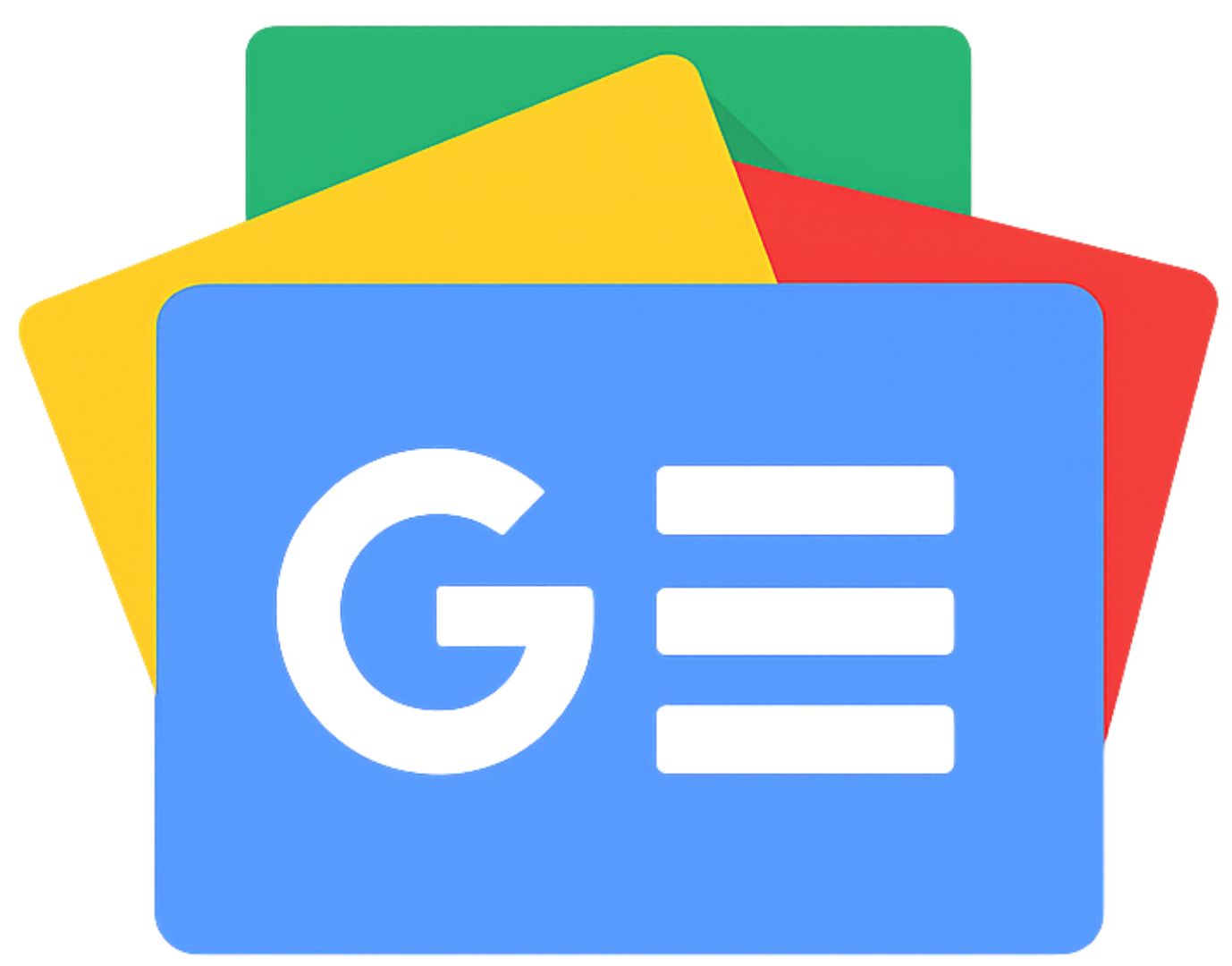
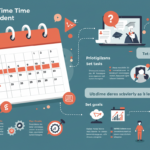



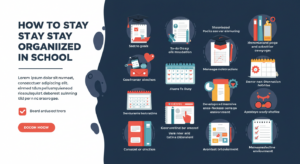
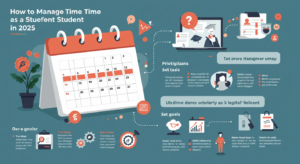

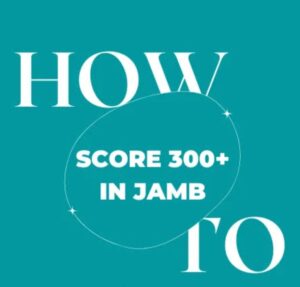
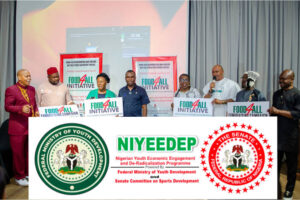
Leave a Reply